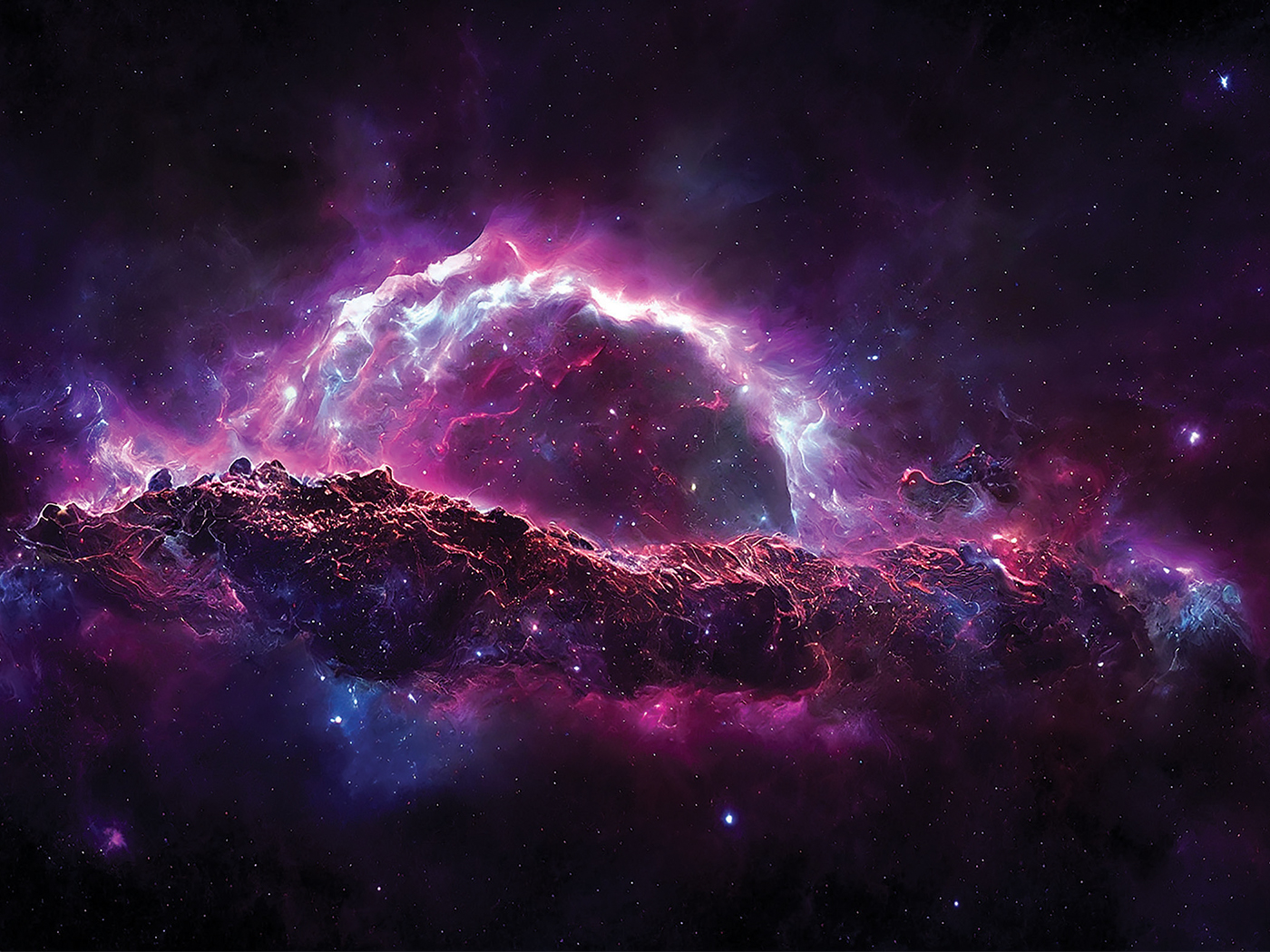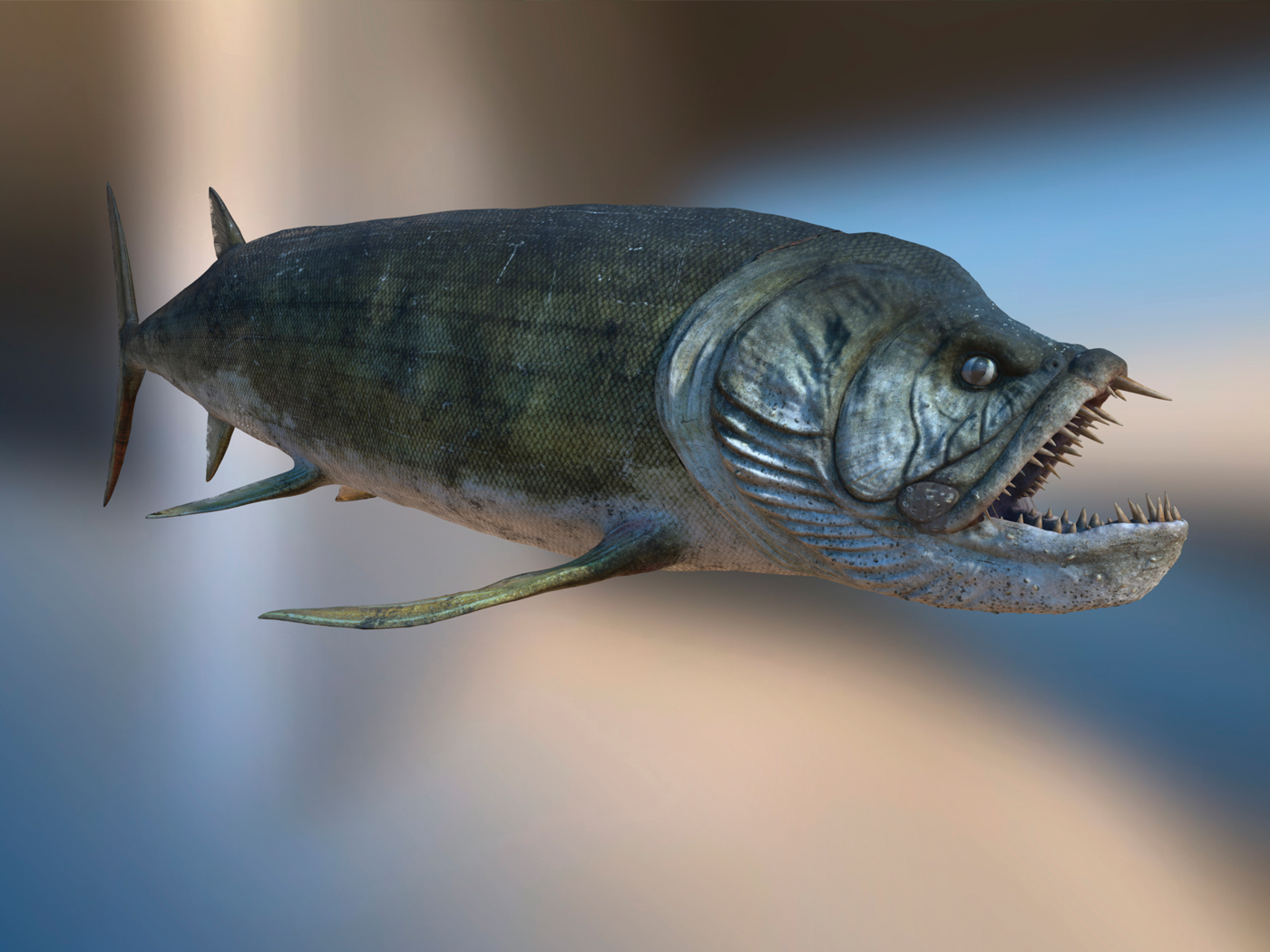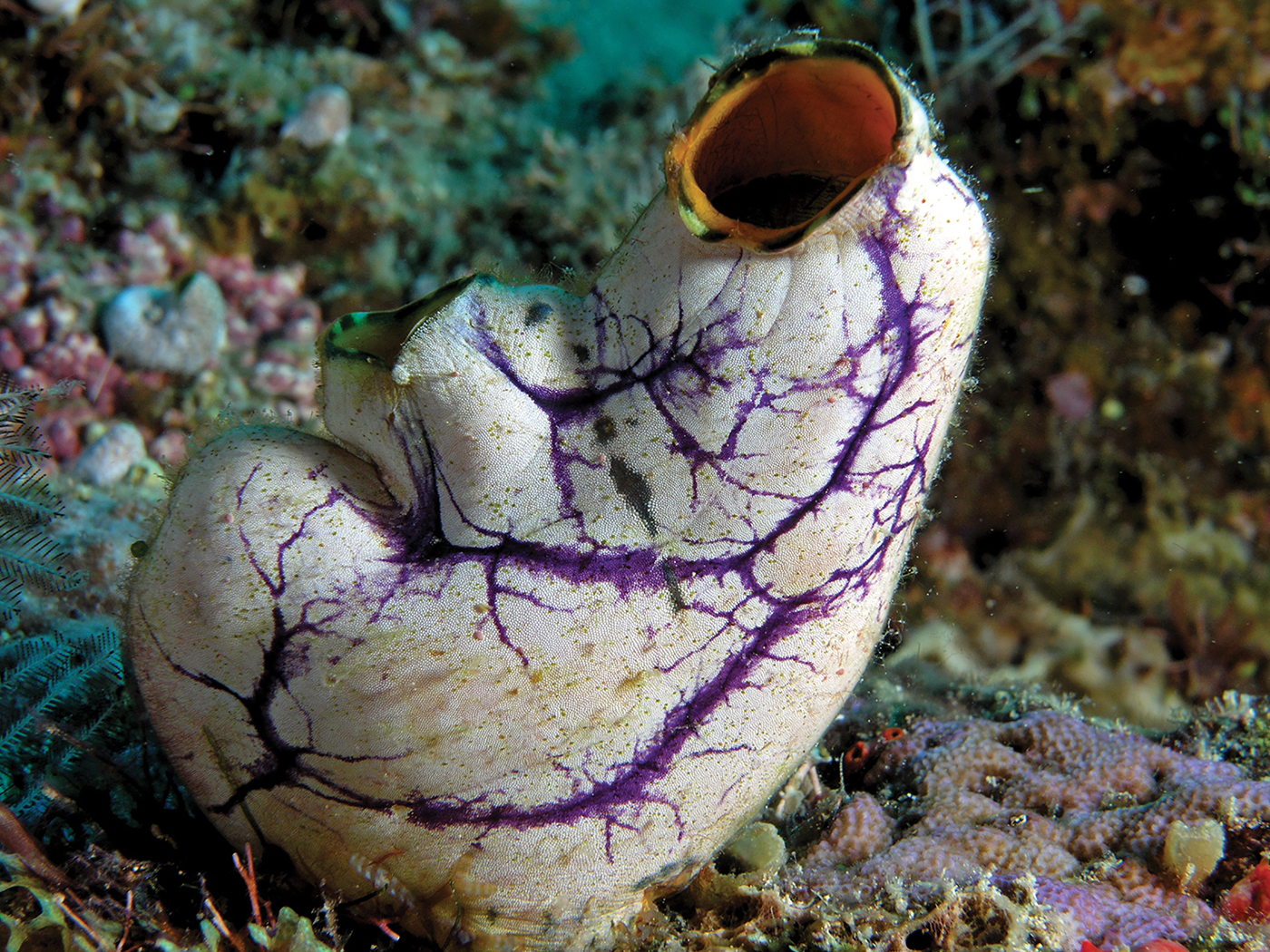News reports reverberated with details from a fantastic new fossil site in southern China.1 The Cambrian remains supposedly represent some of the earliest creatures to have evolved on Earth, but two telling details show why these fossils fit better with biblical creation.
Researchers described in the journal Science the unique set of animals buried in black Cambrian siltstone layers.2 Cambrian rock layers are some of the lowest layers on Earth, and thus the earliest to get buried with fossils in them. These sediments bear secular age assignments upwards of 500 million years. Seen through an evolutionary lens, these early layers captured the earliest animals to have supposedly evolved—the so-called basal life forms.
The study authors wrote, “The Qingjiang biota, however, is marked by high abundance and diversity of exceptionally preserved cnidarian fossils, which fills a major gap in knowledge of the morphology [body shapes] and diversity of Cambrian basal metazoans.” Cnidarians include jellyfish and sea anemones. Metazoan refers to any animal made of a variety of different tissues like jellyfish, hagfish, and people. But what do the authors mean when they speak of a major knowledge gap?
The “major gap in knowledge” points back to the challenge of the Cambrian explosion. In short, all basic life forms suddenly appear in their completed forms in these early rocks. Evolution-inspired questions include: From what did the first metazoan evolve? As animals with some of the fewest tissue types, did cnidarians evolve into other life forms? If so, when? When and how did cnidarians evolve? Over a century of fossil studies has answered none of these evolutionary questions, leaving a major gap in knowledge.
The evolutionary story points to simple creatures with few tissue types that supposedly evolved into completely different creatures with new tissue types and whole new organs, organ systems, and body plans. Unfortunately, the only fossil information available to fill this stunning knowledge gap is the presence of regular old jellyfish.
Rather than revealing a record of life rising from raw toward refined forms, we find…more jellyfish.
The study authors found other “living fossils”—fossils in lower layers that look just like modern life forms but are absent from upper layers. The researchers wrote, “It appears that the ctenophore body plan has remained essentially unchanged since the Cambrian explosion.”1 Ctenophores are comb jellies. They are fragile like jellyfish but usually smaller and unique in other ways, found in various discrete kinds throughout the oceans as well as the fossils.
Another group of modern look-alikes found among the Qingjiang rocks include mud dragons of the phylum Kinorhyncha. These tiny worm-like creatures burrow through seafloor mud in search of algae, bacteria, and organic matter. Apparently they were doing that since the dawn of time. The team also found plenty of run-of-the-mill algae.
Of course, the Qingjiang biota comes loaded with extinct animals that died alongside these modern lookalikes. Extinctions show dead-ends of life history—evolution needs open doors. It needs in-between animals. Where are they? The ones we actually see come fully formed right from the start.
All these and other living Cambrian fossils like sea pens,3 entoprocts,4 and fully formed fish5 fill that major gap in evolutionary speculations with creation-friendly finds: God made each creature to reproduce in accord with its own kind, not to change between different basic kinds. No wonder we see so many unchanging animals from fossils to today’s animals.
The second telling detail that better fits biblical creation involves the unique way these fossils formed. The study authors wrote,
Soft-bodied organisms of the Qingjiang biota were entrained [captured en masse] by sediment-gravity flows and transported downslope from habitable environments to nearby anoxic [low oxygen] settings that lay below storm wave base, and rapidly buried, without subsequent disturbance by bioturbation.1
Where does this happen in today’s world? Gravity flows sometimes happen just offshore in narrow sea floor valleys (not in widespread layers), but they don’t preserve the animals they entrain because the sediments stay wet. Worms and clams soon churn through the new deposits searching for food in a process called bioturbation. Any animal remains beneath mud get eaten or simply rot. That didn’t happen at Qingjiang. There, and in vast sedimentary beds on every continent, rapid burial and then dewatering helped preserve billions of ancient carcasses. These sea remnants now found atop the world’s continents sit as silent but widespread reminders of the unique and terrible watery catastrophe described in Scripture.
Stable life forms point to Genesis creation according to kinds. Extinct animal fossils show no evolution either. ![]()
Stable life forms point to Genesis creation according to kinds. Extinct animal fossils show no evolution either. Extensive rapid burial beneath ancient waters points to Noah’s Flood. That’s why biblical creation best explains the Qingjiang biota’s main features.
References1. Weisberger, W. Bonanza of Bizarre Cambrian Fossils Reveals Some of the Earliest Animals on Earth. LiveScience. Posted on livescience.com March 21, 2019, accessed March 25, 2019.
2. Fu, D., et al. 2019. The Qingjiang biota—A Burgess Shale-type fossil Lagerstätte from the early Cambrian of South China. Science. 363 (6433): 1338-1342.
3. Batten, D. 2019. Sea Pens. Creation. 41(2): 20-21.
4. Tomkins, J. Another Cambrian Discovery Discredits Evolution. Creation Science Update. Posted on ICR.org January 30, 2013, accessed March 25, 2019.
5. Thomas, B. Cambrian Fossil Intensifies Evolutionary Conundrum. Creation Science Update. Posted on ICR.org September 26, 2014, accessed March 25, 2019.
Stage image: leanchoilia
Stage image credit: Copyright © 2019 D. Fu et al. Science. Adapted for use in accordance with federal copyright (fair use doctrine) law. Usage by ICR does not imply endorsement of copyright holders.
Brian Thomas is Science Writer at the Institute for Creation Research.



















